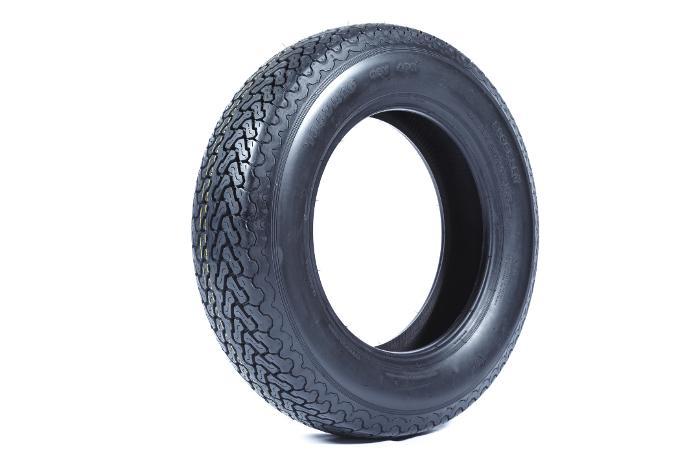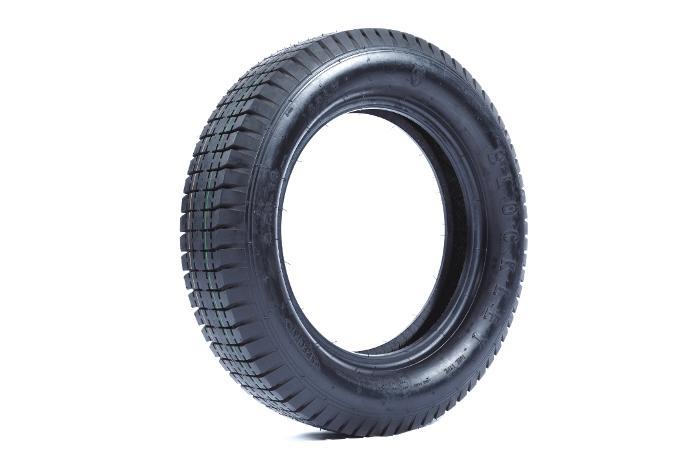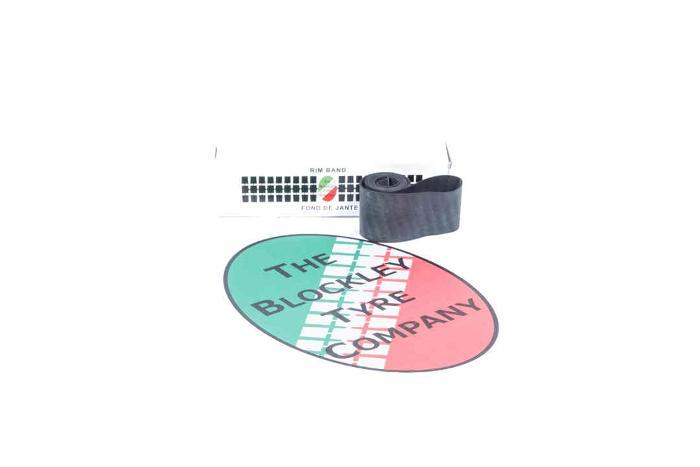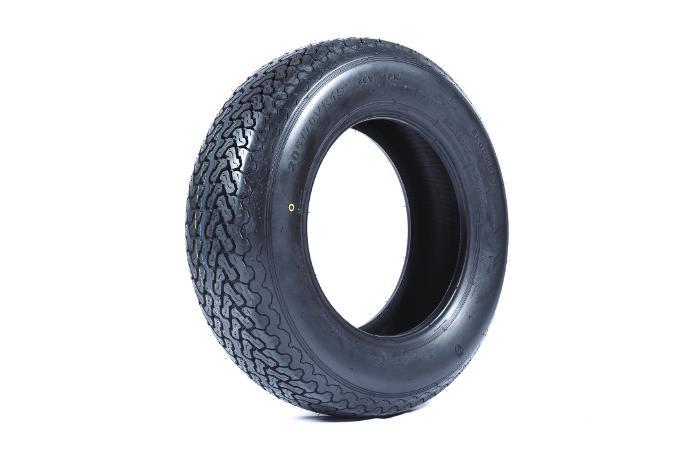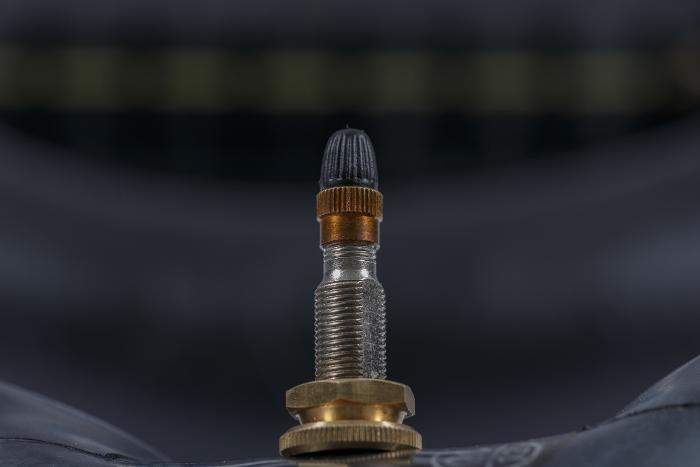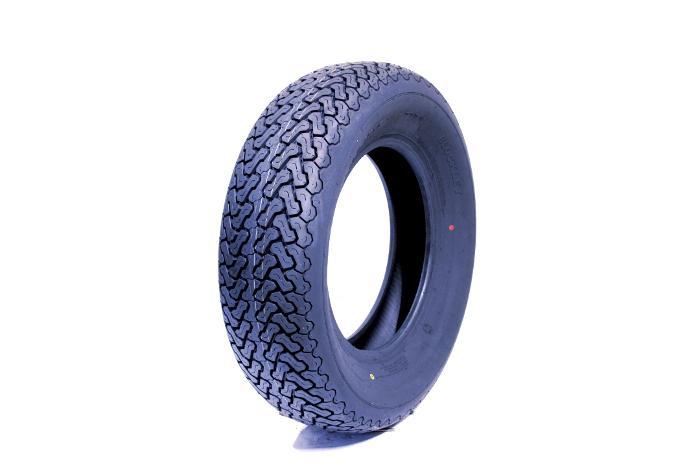Bristol
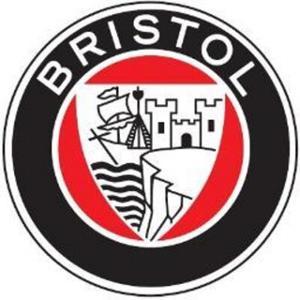
The Bristol Aeroplane Company was interested in producing a high quality car to produce post war. There had been a interest in doing this for a long time, but knowing the demand for their aircraft engines and aircraft would be declining post war, it made sense to utilise the factory in looking at motor car production. John Aldington of Frazer-Nash came with the solution of forming a joint company to build an improved version of the 1930's BMW, using their overhead valve 328 engine, with the full blessing and help of the Germans, whose factory was in Russian occupied territory. The advantage of going down this route was that the project could proceed rapidly as the layout of everything had been tried and tested. It wasn't too long before Bristol management realised they would be footing the bills for everything, and doing all the manufacturing and development, with Frazer Nash responsible for "marketing". So Bristol untangled the partnership, under generous terms, and agreed to supply components (engines, gearboxes, suspension etc) for Frazer-Nash to use in the sportier cars they had plans to build.
The 2 litre overhead valve engines were used in the 400 model of 1947 through to the 405 which finished production in 1958, as it became clear a larger engine was needed. The Bristol 2 litre engine got stretched to 2.2 litres for the 406. Bristol supplied many engine / gearbox units to other manufacturers, for competition and road use. Bristol built a 3.65 litre all alloy twin cam 6 cylinder engine in prototype form which was to take over from the BMW derived engines, but from the 407 model onward all Bristol cars were fitted with the V8 engines supplied by Chrysler.
